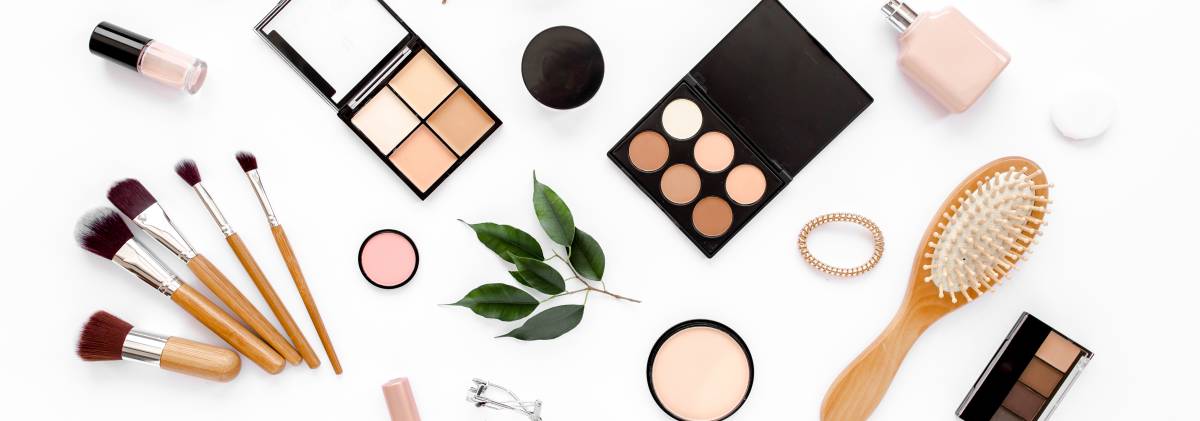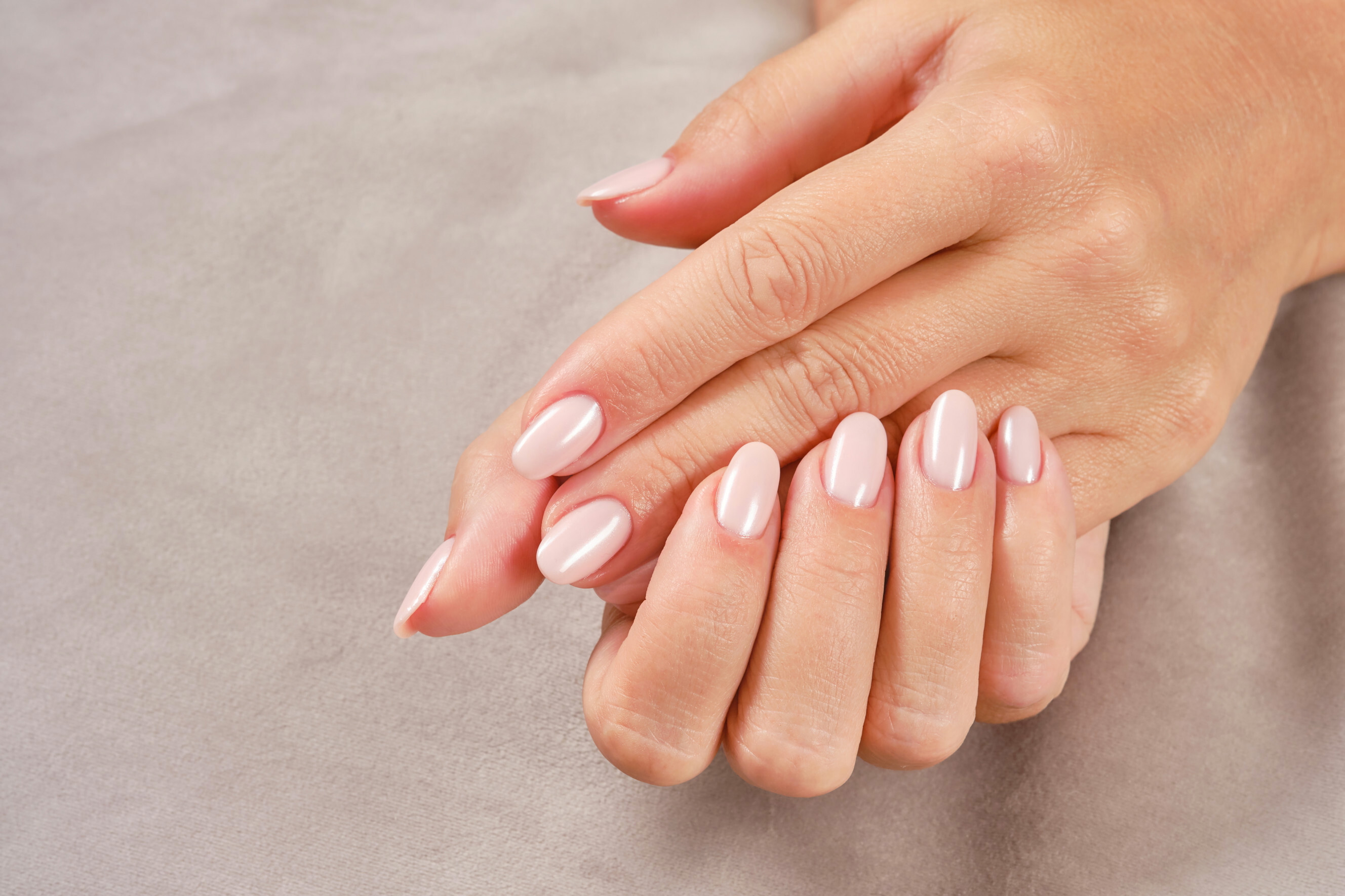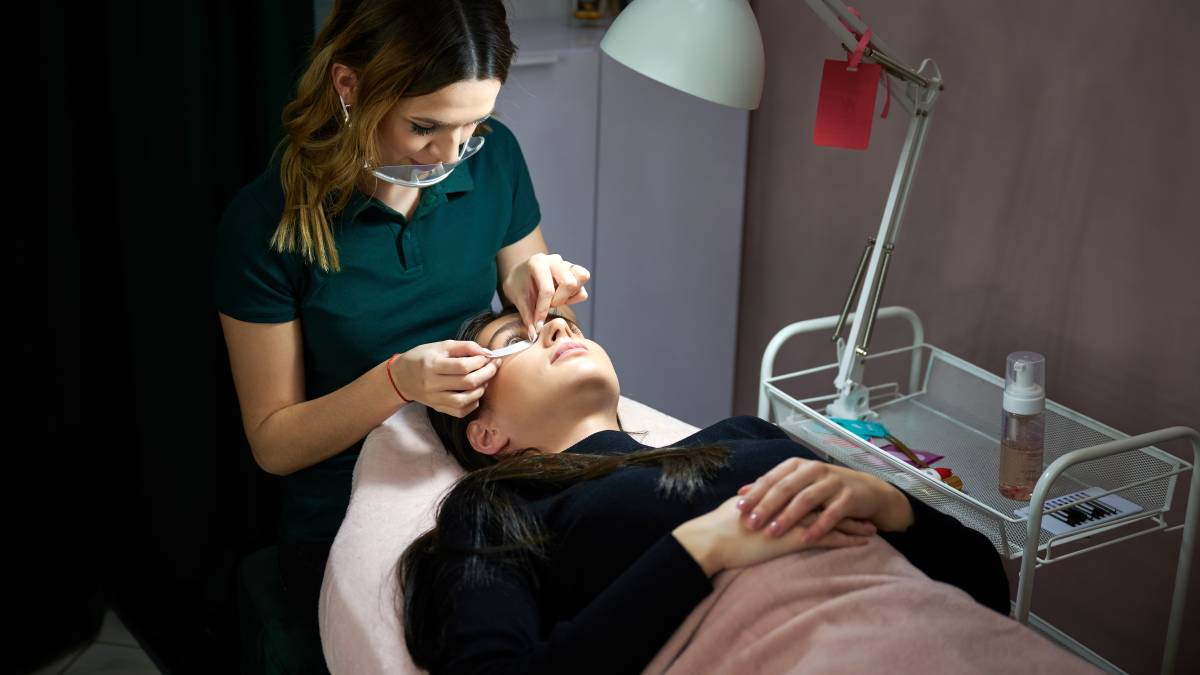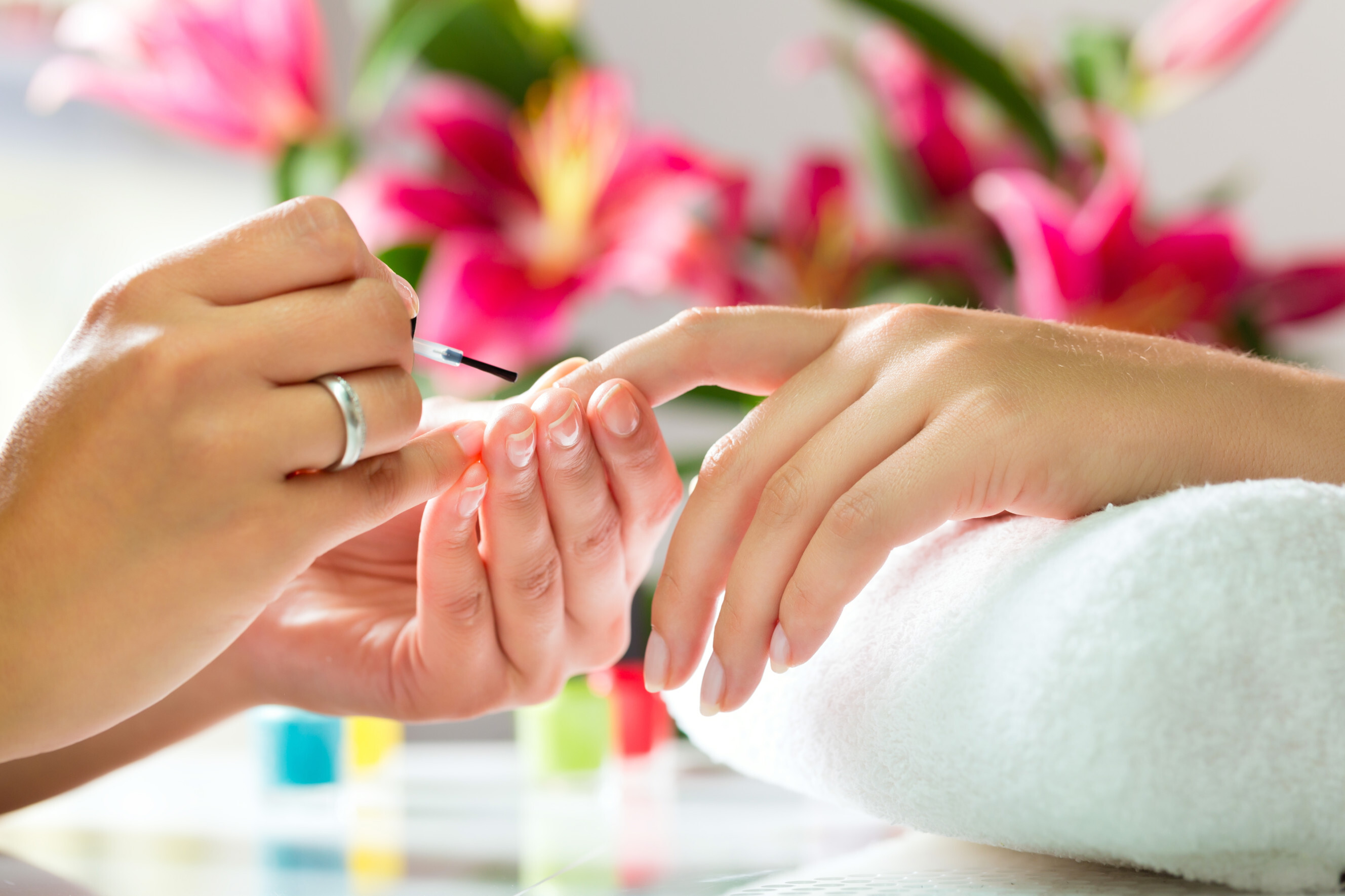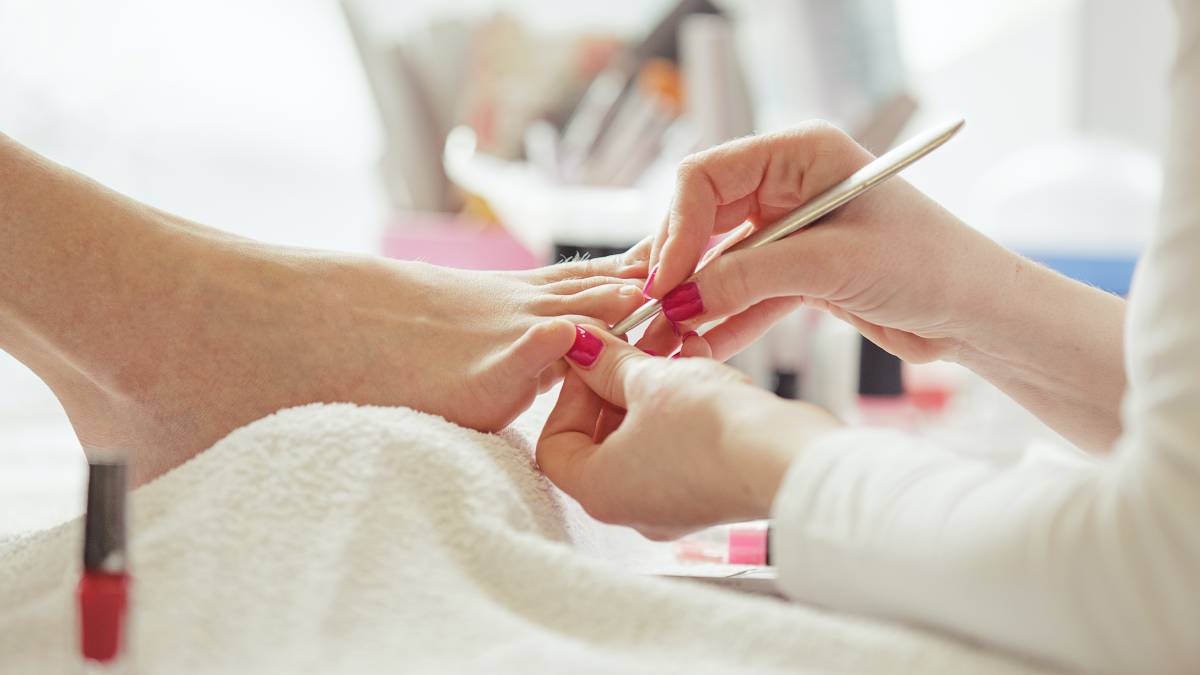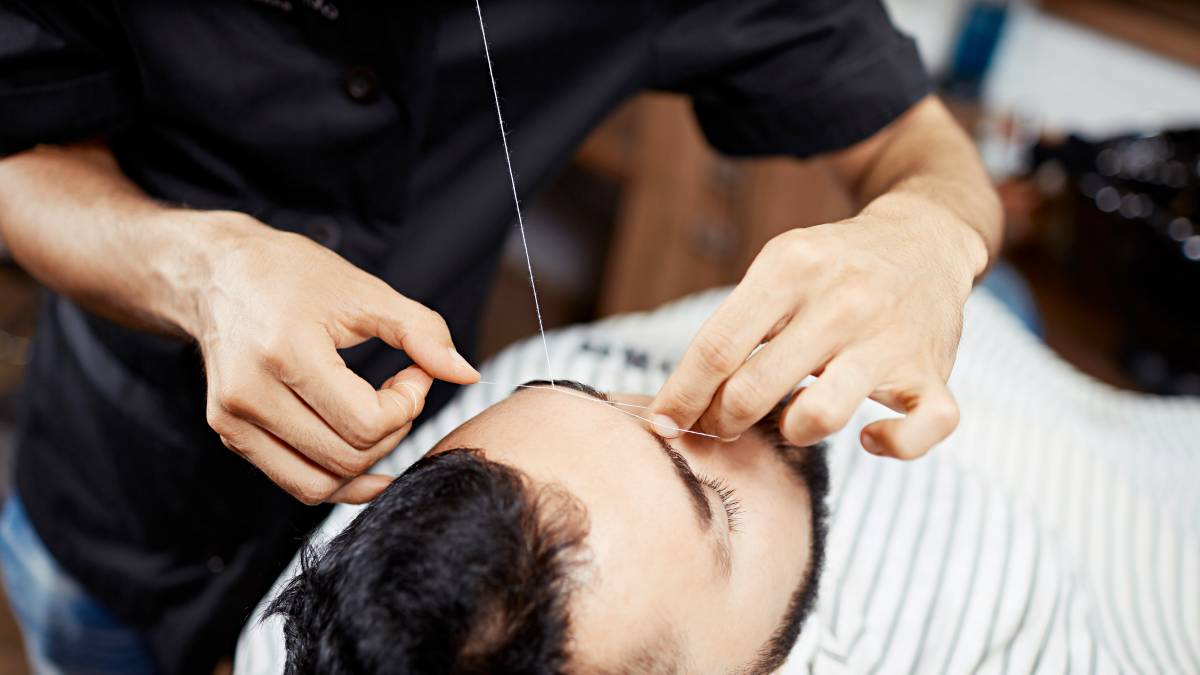
- Home/
- Comparisons/
- Nail Technicians/
- UV Nail Lamp vs LED Nail Lamp
UV nail lamp vs LED nail lamp: Which is best for your nails?
Comparing UV and LED nail lamps in terms of curing time, heat emission, and more.
Published on

Written by Cielo B.
Staff Writer
Read more about our contributor
Key Facts
A UV nail lamp is a device that emits Ultraviolet A (UVA) light to cure gel polish.
An LED nail lamp is a specialised device that emits blue-violet light from light-emitting diodes (LEDs) to cure gel polish quickly.
Gel nail polish is a better alternative to traditional nail polish as it dries faster and lasts longer. However, using gel nail polish requires a good nail lamp, either a UV or LED lamp, for the gel to cure without chipping, peeling, or smudging. While both lamps have the same functionality, they differ in curing time and the type of nail polish they are compatible with.
If you are planning to try gel nail polish and are unsure which nail lamp you should choose, check out this UV nail lamp vs LED nail lamp guide and discover their key differences so you can choose the best one for your needs.
What is a UV nail lamp?
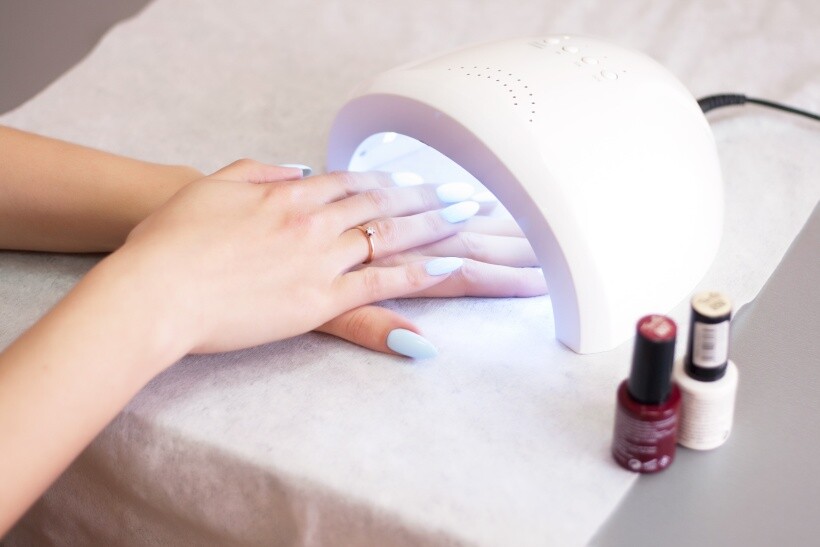 Curing soft blue gel nails under a UV nail lamp. (Source: iStock)
Curing soft blue gel nails under a UV nail lamp. (Source: iStock)
An Ultraviolet (UV) nail lamp is a specialised device that emits Ultraviolet A or UVA. This UVA is responsible for curing gel polish as it causes a polymerisation chemical reaction. It’s how the liquid gel turns into a durable plastic layer after the photoinitiators, which are the molecules present in the gel polish, absorb the UVA light.
UV nail lamps often consist of one or more UV bulbs encased inside the device, arranged inside a semicircle or along the sides and top of the lamp for even light distribution. The interior also has a reflective surface for the UVA light to bounce around on, ensuring uniform curing across all nails.
What is an LED nail lamp?
 Curing vibrant pink gel nails under a LED nail lamp. (Source: iStock)
Curing vibrant pink gel nails under a LED nail lamp. (Source: iStock)
An LED nail lamp is a device that emits light-emitting diodes (LEDs) that produce a more focused or targeted blue-violet LED light, allowing the nail lamp to cure the gel polish faster. This nail lamp consumes less energy and lasts longer, typically up to 50,000 hours.
Like UV nail lamps, LED curing lamps for nails have a reflective surface to spread the blue-violet evenly across the nails and ensure a consistent curing process. One advantage of LED nail lamps over traditional UV nail lamps is that they come in various wattages, typically ranging from 12W to 60W. Choosing a higher wattage allows for a faster curing time.
LED lamp vs UV lamp for nails: What’s the difference?
Learn more about the benefits and drawbacks of using LED lamps vs UV lamps as we break down their key differences into various factors.
In terms of curing time
 Drying turquoise gel nails with a LED nail lamp. (Source: iStock)
Drying turquoise gel nails with a LED nail lamp. (Source: iStock)
So, how long does it take to cure gel polish? For UV nail lamps, it takes at least 2 minutes to 10 minutes, while LED nail lamps can finish within 15 to 30 seconds.
A UV nail lamp requires longer curing because it emits a broad spectrum of ultraviolet light wavelengths. In simpler terms, it releases a wide range of UV light in different 'sizes' of light waves, so it takes time for the lamp to finish curing the nails.
In contrast, LED nail lamps emit a narrower, more focused blue-violet light wave. This allows the lamp to cure gel polish faster because a more focused light wave is 'sharper,' activating the photoinitiators in the nail gel polish and hardening the gel swiftly. Since they have a faster curing time, most nail salons use them to accommodate multiple customers every day efficiently.
In terms of gel polish compatibility
Although an LED nail lamp has a faster curing time since it emits a more focused blue-violet light, this puts them at a disadvantage when it comes to gel polish compatibility. This specific type of light is compatible only with gel polishes formulated for LED curing lamps.
Moreover, most gel lamps available in the market are not LED-compatible because, back then, UV nail lamps were the only type of curing lamp available for gel nail polish. So, those old gel polishes that are still available today will only work for UV nail lamps.
Aside from old gel polishes, UV nail lamps also cure modern gel polishes, even those specifically formulated for LED nail lamps. This is, again, because UV nail lamps emit a broader spectrum of UV light instead of a more focused blue-violet light. With their wide compatibility, you can use them for all gel nail polishes, like hard gel and builder gel.
In terms of heat emission
 A home manicure using a LED nail lamp that emits heat to set gel polish. (Source: iStock)
A home manicure using a LED nail lamp that emits heat to set gel polish. (Source: iStock)
Since nail lamps emit light, they tend to generate heat. Therefore, it’s important to choose a nail lamp that produces less heat for a more comfortable manicuring process.
Between UV and LED nail lamps, LED curing nail lamps are better because LEDs produce a more focused and controlled light through electroluminescence. This process involves lighting the small LED bulbs with only electricity, generating less heat.
Meanwhile, a UV nail lamp uses fluorescent tubes to produce light through incandescence. This type of light bulb works by heating up a filament (the tiny wire inside a light bulb) to produce light. This process produces more heat, so using a UV nail lamp for extended periods may be uncomfortable.
Fortunately, most UV nail lamps now have cooling mechanisms like built-in fans and heat dissipation systems to prevent overheating. Still, the higher heat emission can cause minor burns if you leave your hands or feet inside the lamp for too long.
In terms of frequency of use
Gel manicures, regardless of whether a UV or LED lamp is used for curing, typically need refreshing every 2 to 3 weeks.
However, if you frequently use these nail lamps, an LED lamp is much better because it cures gel polish faster and because LED bulbs last longer than UV bulbs. They typically last up to 50,000 hours, which could last you a good while. Conversely, UV nail lamp bulbs only last for about 4,000 hours, on average, meaning you’d need to replace them more frequently than LED nail lamps.
In terms of safety
 A professional manicure using a UV lamp with safe light exposure for gel nails. (Source: iStock)
A professional manicure using a UV lamp with safe light exposure for gel nails. (Source: iStock)
It’s common knowledge that excessive exposure to ultraviolet light can be dangerous, so if these UV nail lamps emit this type of light, are they still safe to use? Yes, as long as you follow the recommended safety guidelines, like wearing fingerless gloves and applying sunscreen with SPF30 before using the nail lamp to protect your skin from UV exposure.
Although some reports have linked UV exposure gel nails to the development of skin cancer on the hands, the overall risk is low.
However, if you compare UV nail lamps with LED nail lamps, the latter are safer to use. While they are labelled as 'LED,' they also emit UV radiation, but the risks are lower because LED nail lamps have a faster curing time, so you are only exposed to the UV rays for a short time. Despite them being safer, you still have to practise the same precautions, such as using sunscreen and wearing fingerless gloves when getting a gel manicure.
Book a nail technician on Airtasker today
Even though you can use these nail lamps at home, having a nail technician or manicurist work on your manicure is still best. They ensure hygiene and safety, preventing the risk of infections. Plus, having a nail technician do your nails is more relaxing and enjoyable! Luckily, you can easily find a nail technician on Airtasker! Simply post a task, and we’ll connect you with these experts.
Learn more about our contributors

Written by Cielo B.
Staff Writer
Cielo is an experienced content writer who has explored various industries throughout her career. Her expertise, founded on a degree in journalism, includes writing about automotive and home maintenance. Cielo also covers topics like dressmaking, tailoring, and photography since she is a passionate cosplayer who enjoys dressing up as her beloved anime characters.
UV nail lamp vs LED nail lamp
UV Nail Lamps |
LED Nail Lamps |
|
|---|---|---|
Curing Time |
2 to 10 minutes |
5 to 30 seconds |
Gel Polish Compatibility |
Works with all gel polishes, including old and modern |
Only works with gel polishes formulated for LED lamps |
Heat Emission |
Higher heat due to incandescent bulbs; may cause discomfort |
Lower heat due to electroluminescence; more comfortable |
Frequency of Use |
Every 2 to 3 weeks |
Also, every 2 to 3 weeks |
Safety |
Higher UV exposure; precautions needed |
Lower UV exposure; generally safer, but still requires precautions |
FAQs on UV and LED nail lamps
Regular nail polish has a simpler application process but a longer drying time. While you can directly apply the polish to the nails, it typically takes 30 minutes or more to dry completely.
Meanwhile, gel nail polish has a more meticulous application process since you must apply a base coat, coloured polish, and top coat before curing it under a UV or LED lamp. Despite the extra application steps, gel nail polish lasts several weeks without chipping.
It would be best not to use UV and LED nail lamps for acrylic nails since these devices are only designed for gel nail polishes. Unlike gel nail polishes, acrylic nails aren’t photosensitive, so they don’t need curing. It’s best to air-dry acrylic nails for 15 to 20 minutes or use a nail dryer to expedite drying.
While it’s possible to over-cure gel polish, doing this isn’t recommended because it can cause the gel polish to become too hot. Not only will this feel very uncomfortable, but it can also damage the nail bed. Removing over-cured gels is also more difficult, which could damage your natural nail surface.
Yes, nail dryers work for regular nail polish. However, remember that there are different nail dryers, and the ones that work well for regular nail polish are cold-air nail dryers and quick-dry sprays.
No, you cannot use LED light to dry regular nail polish because LED nail lamps are only designed for gel nail polish. Nail lamps emit heat that can smudge or crease your nail polish.
Find nail technicians, fast
Post a task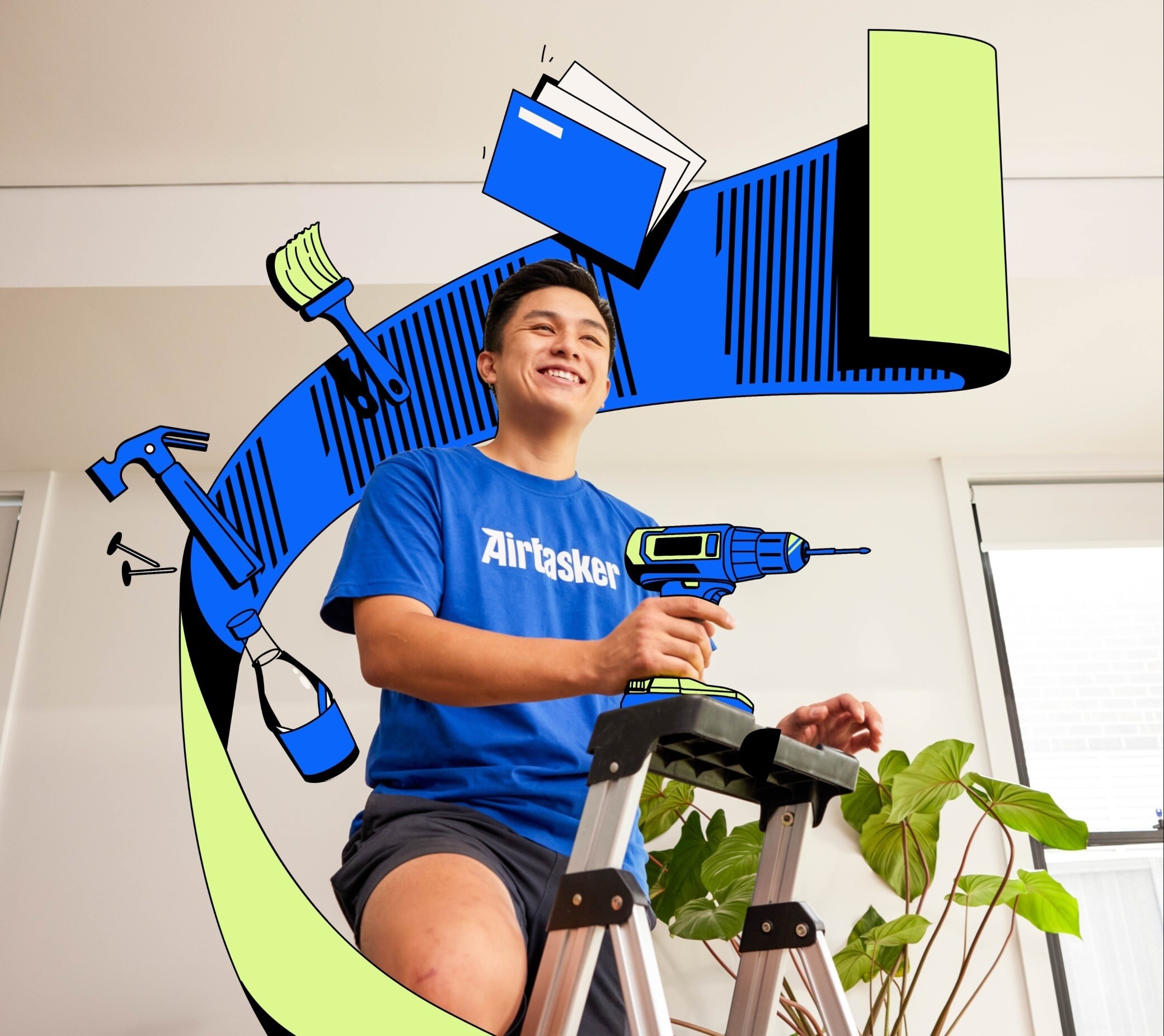
Related articles
Related price guides
